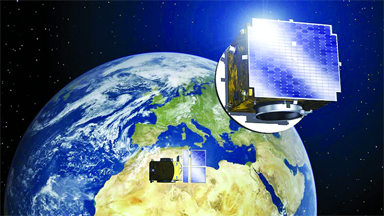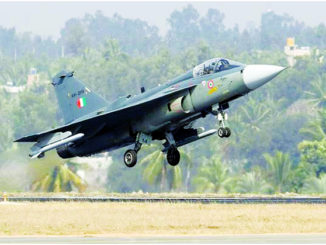
The European Space Agency’s (ESA) groundbreaking Proba-3 mission has successfully completed its final test before being shipped to India for launch by the Indian Space Research Organisation (Isro). This dual-satellite mission, designed to create an artificial solar eclipse in space, demonstrated its operational readiness by receiving commands from its science team and transmitting images back, mirroring its planned in-orbit functionality.
Proba-3’s innovative approach involves two satellites flying in precise formation, with one casting a shadow on the other to block out the Sun’s disk. This technique will allow for prolonged observation of the Sun’s corona, a feat previously unachievable in space missions. The test, conducted over 12 hours, simulated part of Proba-3’s highly elliptical 19.5-hour orbit around Earth. It focused on the six-hour period around the orbit’s apogee, where the formation flying and solar corona observations will occur.
The Royal Observatory of Belgium in Brussels sent payload operation requests to ESA’s control center in Redu, which then transmitted commands to the spacecraft in a cleanroom at Redwire Space in Kruibeke. This final System Validation Test (SVT) was crucial in verifying the mission’s operational chain, involving actual ground segment facilities, software, and personnel who will oversee the mission.
It demonstrated the ability to send commands for in-flight calibration, scientific observation, and command updates, providing flexibility for responding to exceptional solar events.
Proba-3 system engineers highlighted the importance of these tests in ensuring smooth data flow between the ground segment and satellites, emphasizing the mission’s highly automated ground and flight system.
With testing complete, Proba-3 is scheduled to be shipped to the Satish Dhawan Space Centre in India on October 21, with a planned launch by PSLV-XL launcher on November 29.
This mission represents the latest in ESA’s family of experimental minisatellites, pushing the boundaries of space technology and solar observation.





Be the first to comment